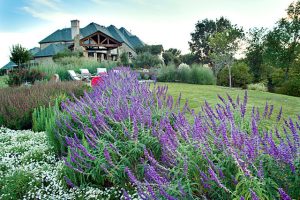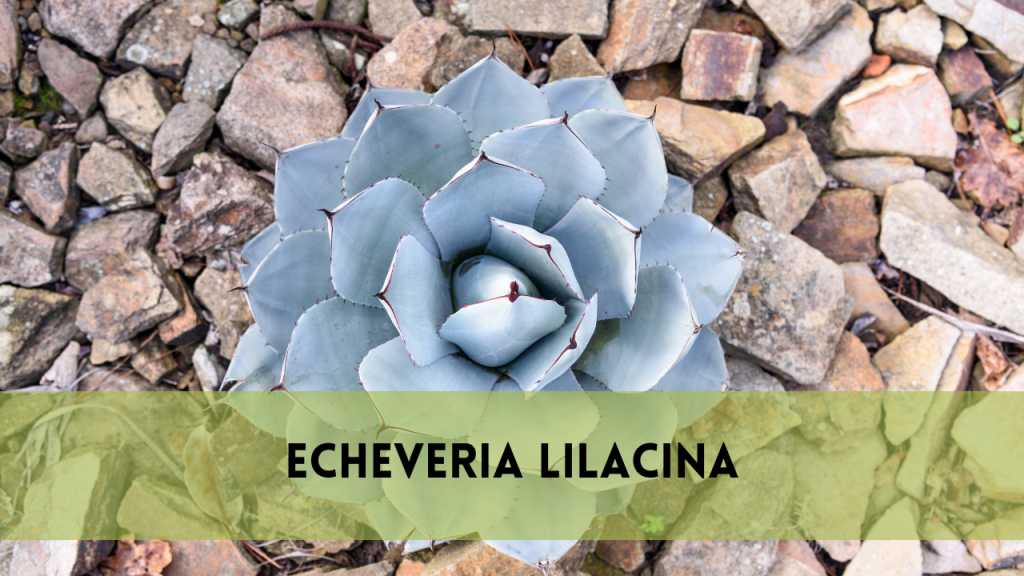Mexican Bush Sage
Mexican bush sage, commonly known as Salvia leucantha, is a lovely perennial plant with bright purple and white flowers. Arborist Heights frequently recommends this plant to clients looking to add colour to their landscapes while also attracting pollinators. In this post, we’ll go over all you need to know about Mexican bush sage, from its qualities and advantages to planting and maintenance guidelines.
What is Mexican bush sage?
Mexican bush sage is a perennial shrub native to Mexico and Central America. It is noted for its distinctive appearance and ability to flourish in a variety of climes. The plant normally grows to be 3-4 feet tall and wide, making it ideal for hedges or as a solo focus piece in the garden.
Characteristics of Mexican Bush Sage
Vibrant Flowers: Mexican bush sage is most known for its long, velvety spikes of purple and white blooms. These blossoms appear in late summer and remain until the first frost, bringing long-term beauty.
Aromatic Leaves: The plant’s gray-green leaves are aromatic, giving off a pleasant perfume when brushed against or crushed.
Drought Tolerant: Once established, Mexican bush sage is extremely drought resistant, making it an excellent choice for low-water gardening.
Benefits of Planting Mexican Bush Sage
Mexican bush sage has various advantages, making it a popular option among gardeners and landscapers alike:
Attracts Pollinators: The vibrant flowers attract bees, butterflies, and hummingbirds, providing a healthy ecology in your garden.
Low Maintenance: Once established, this plant requires very little upkeep.
Pest Resistant: Mexican bush sage is resistant to the majority of garden pests, eliminating the need for chemical treatments.
Planting Mexican Bush Sage
When planting Mexican bush sage, select a spot with full sun to partial shade. The plant prefers well-drained soil but may adapt to a variety of soil types. Here’s a step-by-step guide for growing Mexican bush sage.
Prepare the Soil: Add compost to promote drainage and fertility.
Dig a hole twice the width and depth of the root ball.
Plant the Sage: Place the plant in the hole, making sure the top of the root ball is level with the soil surface.
Water thoroughly after planting to help the plant establish roots.
Care for Mexican Bush Sage
Mexican bush sage is a low-maintenance plant, but a little attention can help it stay healthy and vibrant. Here are some tips to care for your Mexican bush sage:
Watering: During the first growth season, water the plant on a regular basis to help it develop a deep root system. Once established, it simply requires occasional watering.
Pruning: Prune the plant in early spring to eliminate dead or damaged stems and promote new growth.
Fertilising: Use a balanced, slow-release fertiliser in the spring to encourage healthy growth and numerous flowers.
Common Problems and Solutions
Mexican bush sage is generally hardy, but it can have issues on occasion. Here are some frequent concerns and ways to resolve them:
Overwatering: Keep the soil well-drained and avoid overwatering, since excess moisture can cause root rot.
Powdery Mildew: This fungal illness thrives in damp environments. Improve air circulation by properly spacing plants and avoiding overhead watering.
Use Mexican Bush Sage in Your Landscape
Mexican bush sage is quite flexible and can be utilised in a variety of landscape designs.
Borders and Hedges: Use Mexican bush sage to make colourful borders or hedges for walks and garden beds.
Pollinator Gardens: Add this plant to your pollinator garden to attract beneficial insects and birds.
Containers: Grow Mexican Bush Sage in large.
FAQS
Why Choose Arborist Heights for Your Tree Service?
Arborist Heights takes pleasure in providing high-quality tree services to clients around the United States. Our skilled arborists can assist you with everything from planting and trimming to identifying and treating plant illnesses. Whether you want to add Mexican bush sage to your yard or need expert tree care assistance, we have you covered.
What sort of soil works best for Mexican bush sage?
Mexican bush sage grows on well-drained soil. While it may adapt to a variety of soil types, compost can improve drainage and fertility, resulting in optimal development.
How frequently should I water Mexican bush sage?
Water Mexican bush sage on a daily basis during its first growth season to help it create strong roots. Once planted, it requires relatively minimal watering during lengthy dry spells.
Can Mexican bush sage grow in containers?
Yes, Mexican bush sage may be grown in larger containers. To avoid waterlogging, make sure the container has adequate drainage and use a well-draining potting mix.
Is Mexican bush sage deer resistant?
Mexican bush sage’s fragrant leaves make it deer-resistant. However, in times of scarcity, deer may still consume it.
When is it wise to prune Mexican bush sage?
The optimum time to prune Mexican bush sage is in the early spring. Pruning helps to remove dead or damaged stems and promotes vigourous new growth for the next flowering season.
Conclusion
Mexican bush sage is a colourful, low-maintenance shrub that brings colour and life to any yard. Its beautiful purple and white flowers, aromatic leaves, and capacity to attract pollinators make it an excellent choice for both new and expert gardeners. Arborist Heights believes in enriching your outdoor areas through the greatest plant options and expert tree care. Whether you want to plant Mexican bush sage or need professional guidance on garden maintenance, our skilled arborists can help. Trust Arborist Heights to make your landscape fantasies a reality with our exceptional services and commitment to the health and beauty of your garden.




